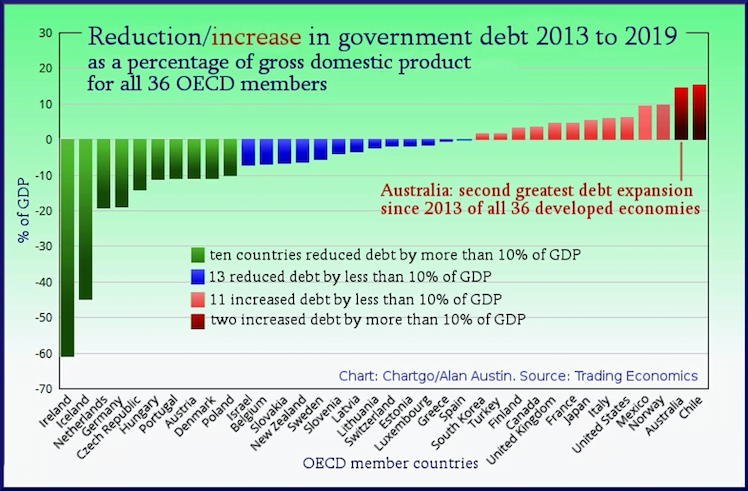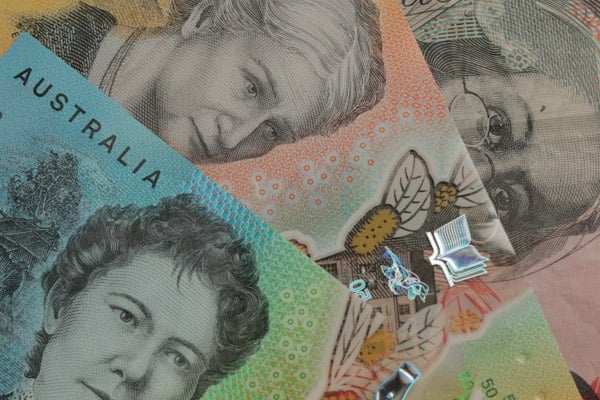The Morrison government is making an art form of selling stimulus but delivering none. The latest is talk of bringing forward the personal income tax cuts flagged for 2022.
Craig Parker, Democrats Economics campaigner
These cuts would benefit middle-to-high income earners the most and do little to reinvigorate the economy. By far the best stimulus would be to remove income tax altogether for those on less than $37,000. That money would flow directly into the ‘real economy’ and benefit those who need it most.
This is critically important because, as has been pointed out by Peter Martin at the ANU, it is household spending, not business investment that will underwrite the economic recovery. This household consumption fuels spending in the real economy, accounting for 60% of Australia’s GDP.

Household spending data shows that the government’s proposal is the least effective approach to income tax reform. This is because the wealthy are much more likely to hold onto the money than those on lower-incomes. Tax cuts to higher-income earners weaken the economy by draining funds out.
Lifting the tax-free threshold is a smarter and more effective strategy, putting cash into the hands of those who are more likely to spend it, and it has an economic multiplier effect because spending by one person is income for another.
There are also health and well-being benefits. Lower-income households spend a higher proportion of their income on essential items; housing, heating and decent food – all critical for staying safe and healthy, which is more important than ever during this COVID-crisis.
Conservative economists will say one dollar has the same value regardless of whose hands it is in. But what this crisis makes clear is that a dollar is likely to be worth more to a vulnerable household than to one in Mosman, Toorak or Cottesloe.
Australia already has a high level of inequality, and it‘s getting worse.
Changes in average household wealth for each quintile (20%) of Australians, show that over the last 15 years, the bottom 60% have seen little to no growth in their wealth, while the top 20% have seen a massive increase.
See here for our continuing upward redistribution of wealth, Christopher Sheil, UNSW and Frank Stilwell, University of Sydney in The Conversation.

What good is headline economic growth if at least 60% of Australians are locked out of participating?
Combatting the COVID recession requires economic stimulus and tax cuts, but these need to target what is most effective, rather than add to our national debt with little benefit to our real economy. We need to make sure the debt gets the maximum return on investment. In short, we need to be smarter when it comes to our tax and our objective of driving a stronger, more stable economy.
For a government that claims to be good at managing and now stimulating the economy, these tax cuts are pretty inept. Not that this is anything new. Well before Covid-19 the Coalition in office:

- Ran up the nation’s debt to GDP higher than any other OECD nation, bar Chile
- Delivered weak economic growth as evidence by the ever-descending RBA interest rate
- Delivered a recession based on GDP per capita
- Was responsible for higher energy prices
- Oversaw falling wages and stagnant real wage growth
Labor rarely opposes tax cuts and this week Jim Chalmers, Shadow Treasurer, said, while fearing they will accelerate inequality and social immobility, the ALP would wave them through!
“If they came to us and said that they wanted to bring forward stage two of the legislated tax cuts, then we’d engage with them in a pretty constructive way. We’ve said that for some time.”
Jim Chalmers in the Conversation
This leaves the nation with an economic policy that delivers greater inequality and guarantees sluggish recovery for years to come.

